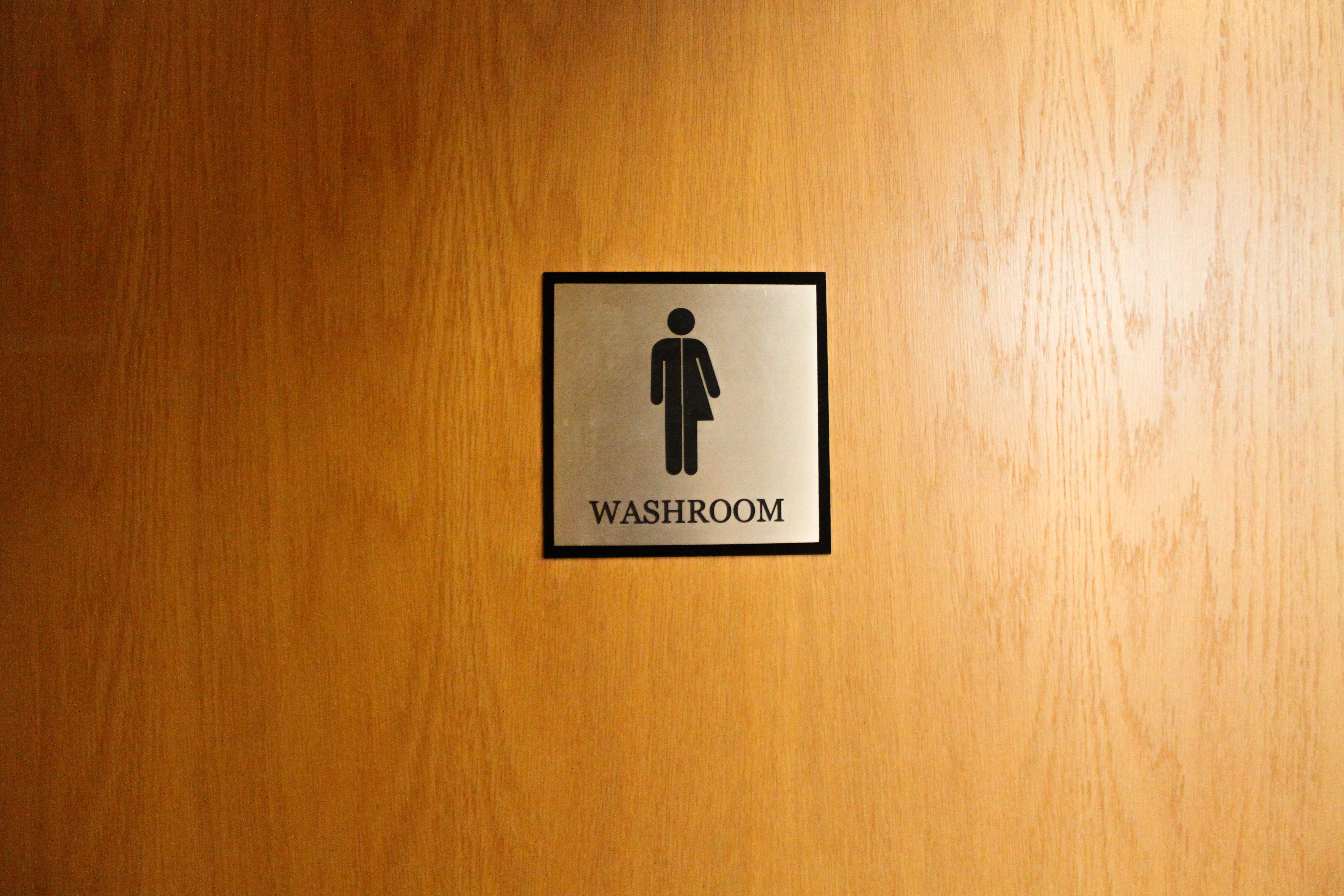With Bell Let’s Talk day and Acadia Mental Health Week recently passing, campus has been putting forth fantastic effort in addressing mental health stigma and promoting self-care. The progress is fantastic, especially when I look back on my first year at Acadia compared to now. However, there is still a crucial aspect to the conversation that has been pushed aside. The reality is that First Nations youth are dying by their own hands approximately 5 times more often than non-Indigenous youth. The statistics are even higher for Inuit peoples, which are indeed among the highest in the world. I knew of these statistics before, but it wasn’t until I read Richard Wagamese’s Indian Horse that it became a visceral reality instead of just statistical fact. Reducing these experiences to numbers and headlines has allowed us to distance ourselves from the issues prevalent within First Nations communities because we don’t feel anything for numbers or headlines. Our response begins and ends with “oh no, that’s terrible”, and then we go on with our lives because we have the privilege to do so. But fiction has proven to be powerful truth. It is easy to see the news and think that you’re knowledgeable about an issue, but it isn’t until you hear the raw stories from the affected people themselves when you truly begin to put the pieces together.
Indian Horse- Richard Wagamese
This novel explores the life of Saul Indian Horse, an Ojibway boy who is telling his own story so that he can reclaim it. The story is told in first person, forcing the reader to experience the atrocities through the protagonist’s eyes. The reader follows Saul’s journey from a young boy living in the bush with his family to adolescence in the residential school system, and onward to adulthood where Saul develops a severe drinking problem like his parents before him. Often faced with dead friends and family, neglect, abuse, and blatant racism, Saul finds himself repressing the harsh reality he faces and opts to instead immerse himself in the world of hockey. A world that he loves but does not love him back. As Saul’s opportunities in life increase, so does the racial hostility. Although he has survived St. Jerome’s residential school, the weight of his life there follows him everywhere he goes until he finds the strength to tell, and remember, his story so that he can heal.
Wagamese’s novel serves two very important purposes. First, the story is a powerful reminder that reclaiming your story is a necessary component to healing. Second, Indian Horse answers the most important question we are left with when we see brutal statistics and headlines regarding First Nations addictions, mental health, and suicide epidemics. That question is “how?”. How are these statistics so high? How is this still happening? How does addiction relate to mental health? How can there be this much devastation among First Nation communities? Wagamese details the “how” by telling Saul’s story and, by extension, his own story. This kind of story can only come from a place of knowing, which means it is a story worth listening to. It connects the dots for those of us who have been privileged enough to never know the kind of struggle Wagamese writes about. After reading this novel, I am still asking “how?”, but now from a different context. How can I learn more? How can we teach each other? How can we help? I learned from Indian Horse is that it starts with listening.




